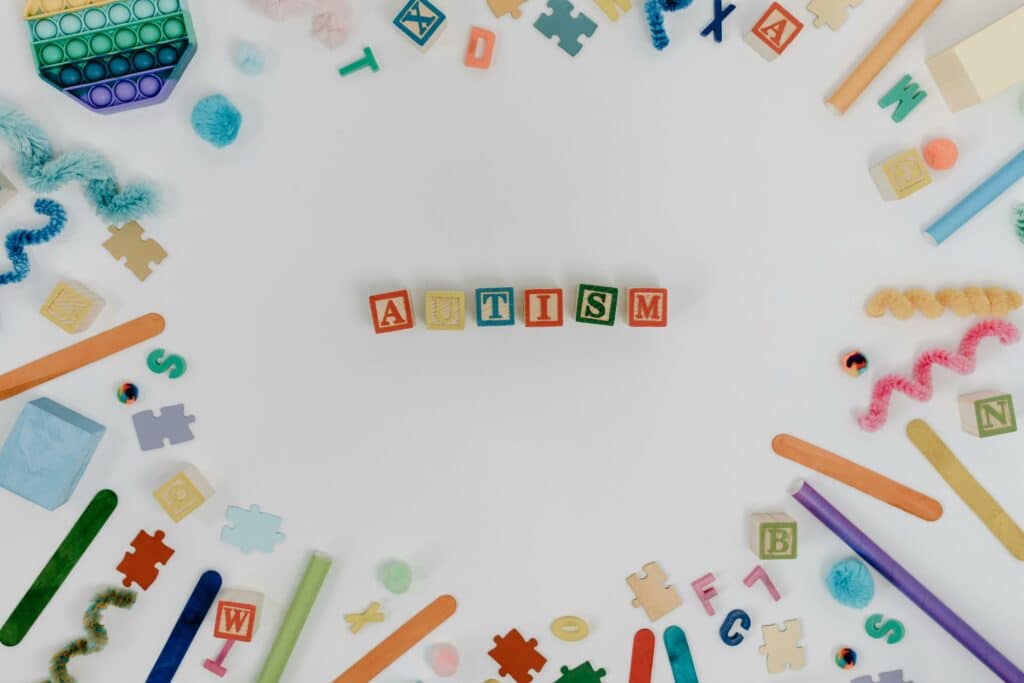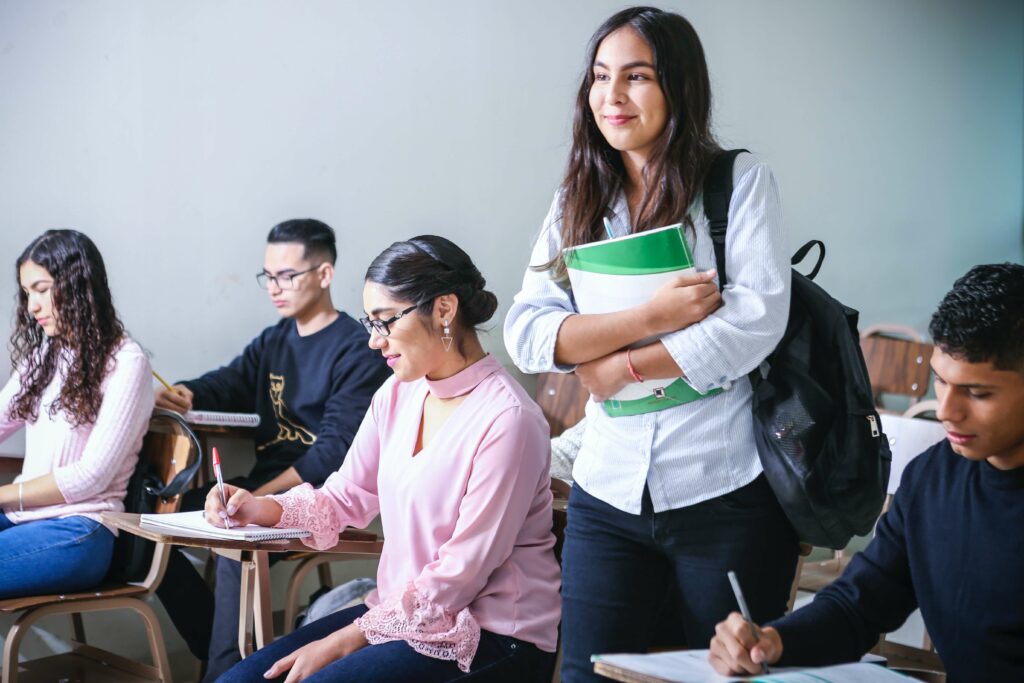Including students with neurodiversity in New York classrooms is a top priority of education professionals in the state. Legislation like DASA and professional development requirements including workshops like New York—DASA Dignity for All Students Act Training have made the state a bold frontrunner for inclusivity and empower educators with the skills and tools to engage with a more diverse student population than ever.
These initiatives are especially valuable for meeting the needs of students with autism spectrum disorder (ASD). Children with ASD experience a range of neurodiverse symptoms that can range from mild to severe, but with accommodations and support, many are enabled to better participate in rich and rewarding classrooms with their peers.
Of course, classrooms are dynamic places, and there are a lot of moving pieces every teacher needs to take into account. This can leave some of them wondering where to start in supporting students with ASD. Fortunately, NY has some of the most dedicated and capable education professionals in the country—and you’re one of them!
Here are a few valuable tips for supporting autism in the classroom and providing a welcoming environment for all your students.
Understand the Learning Styles of Students with ASD
Because autism is a spectrum disorder, there is a wide range of challenges these students may face that can vary from mild to severe. While children with Level 1 ASD often experience only minor difficulties with classroom activities, those with Level 2 or 3 could require substantial support from highly trained special education experts.
The most important thing to remember is that every student with ASD will have individualized areas where they need support. Appreciating their unique strengths and needs allows them to flourish and participate as a member of their class.
Visual Learning Experiences
Many children with ASD experience weaker auditory processing compared to their visual experiences. In the classroom, visual information that is permanent and predictable is often more effective than spoken instructions. Also, spoken instruction is often processed more slowly with the potential to lose information while visual references are more stable, reliable, and supportive of their autonomy. The following tools can help create an inclusive environment for all your students by supporting autism in the classroom:
- Video modeling
- Diagrams
- Written instructions
- Graphic organizers
- Picture schedules
Kinesthetic Learning
Children with ASD can be easily overloaded by intense sensory experiences involving light, sound, taste, smell, and touch. As a result, kinesthetic learning techniques that give them time to engage with these experiences at their own pace and comfort level can be highly beneficial for including them in daily activities.
Kinesthetic learners learn best through movement and tactile input, and they tend to be hands-on learners. Kinesthetic learners with autism may be interested in taking items apart and putting them back together. Strategies you can implement to benefit kinesthetic learners might be:
- Implement learning opportunities outside or in less confined spaces.
- Using models instead of diagrams
- Incorporate regular movement opportunities during lessons
- Provide sensory tools like fidget devices or textured materials
Auditory Learning
Auditory learners are more successful when listening to instruction than reading written materials, and these are the areas where people with ASD tend to struggle the most. Many students with ASD are fully able to incorporate auditory learning into their educational experience with great success despite their challenges. However, there are several things New York teachers should consider that will benefit all their students as well as support children with ASD:
- Use repetition
- Record directions or lessons
- Read instructions aloud to the class
- Slow down speech to a more deliberate pace
How to Identify Learning Styles
Figuring out the learning style of your student with ASD begins with some basic observation. Watching how they naturally engage with their environment and their peers will provide a wealth of information about how they learn best. Also, most parents are active participants in supporting their child’s needs and provide a wealth of information to schools. Make sure you are familiar with any IEPs that apply.
Observing their Strengths
Observing a student’s strengths and interests to see how they incorporate into the learning styles can identify the best learning style. If the student shows a strong interest in visuals like drawings, charts, or pictures, that may indicate a strong preference. If you notice strong language skills, they may be very comfortable with auditory processing.
What Holds Their Attention?
When observing, think about how the student maintains attention and focus. Do they do well in quiet environments, or do they seem more engaged during interactive activities? For those with challenges in sustaining attention for more than short periods, varied activities with movement breaks or interactive tasks may help sustain their focus.
How Do They Communicate Best?
Observe the student’s communication for both receptive and expressive language. Also, if they happen to excel in verbal communication, auditory learning strategies may be beneficial. For those who don’t do well with verbal activities but maybe have stronger written skills, the read/write style may be best. Finally, some students with ASD may be non-verbal, and it will be critical to maintain open lines of communication with parents and administration to best support their learning needs.
Don’t Forget to Have a Little Fun
All young people have that one thing that sparks their interest, and incorporating that into the school day can bring happiness and enjoyment through learning while adding value and meaning to the learning experience. Highlighting shared or particular interests in the classroom can also foster a sense of comradery, further enhancing inclusivity while supporting autism in the classroom. Take a little extra time to discover what makes your students with ASD soar and help bring those experiences to everyone in your classroom!
Supporting Autism in the Classroom is Easier Than You Think
Children spend a lot of time at school, and their classroom community plays a big role in their lives. If a child with ASD is provided with opportunities that accommodate a few basic considerations they can flourish and grow alongside their classmates with ease.
Supporting autism in the classroom is easier than you think, and if you’re not sure where to start, Premiere has you covered. New York - Needs of Children with Autism by Amy Adkins-Dwivedi MS, APRN, and Jennifer McDaniel, M.Ed. has everything you need to create an ASD-inclusive environment.
Covering ASD topics like etiology and prevalence, characteristics, research and evidence-based instructional methods, behavior management, positive behavioral supports, and effective collaboration, Premiere’s resources provide a wide range of NYSED-approved training to satisfy the NY State Education Department teacher certification requirements.
All courses on the Premiere platform are created by industry experts and make staying current and compliant as easy as finding a screen.





